Breaking in a new Jeep clutch is a crucial step in ensuring its longevity and optimal performance. The process of breaking in a clutch involves allowing the friction surfaces to properly mate, preventing premature wear and ensuring smooth engagement. Whether you’re driving a brand-new Jeep Wrangler or installing a replacement clutch in your trusty Cherokee, adhering to the proper break-in procedure is essential.
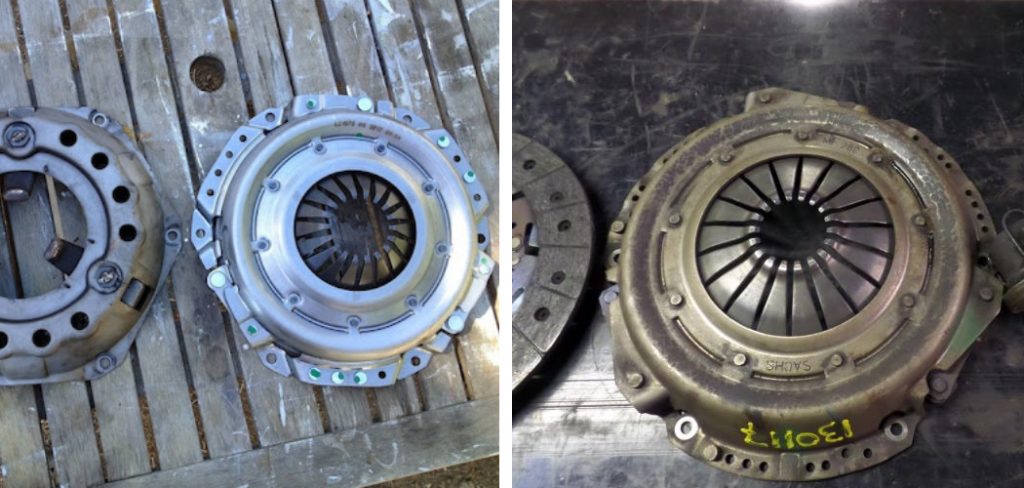
This article will guide you through the steps of how to properly break in new jeep clutch, providing valuable tips and insights to help you get the most out of your vehicle’s transmission system.
From understanding the importance of a gradual break-in period to mastering techniques for smooth clutch engagement, we’ll cover everything you need to know to ensure your Jeep’s clutch performs flawlessly for miles to come. So, buckle up, and let’s dive into the world of breaking in your new Jeep clutch the right way.
Importance of a Proper Break-In Process for a New Jeep Clutch
The importance of a proper break-in process for a new Jeep clutch cannot be overstated. This initial period of use is critical in shaping the future performance and reliability of the clutch system.
Much like the early development stages of a mechanical component, the break-in process ensures that the clutch plate and pressure plate have time to wear in evenly and establish a good contact pattern. Skipping this critical step can lead to hot spots, uneven wear, and even clutch failure.
By following a disciplined break-in procedure, you’re effectively conditioning the clutch to handle the stresses of switching gears and transferring power from the engine to the drivetrain smoothly and efficiently. This careful nurturing of your Jeep’s clutch will not only contribute to a smoother driving experience but will also maximize the life expectancy of the entire clutch system.
Significance of Ensuring Longevity, Performance, and Optimal Engagement
The longevity and performance of a new clutch are critically dependent on the break-in period. Proper engagement during the initial miles shapes the capability of the clutch system to deliver power effectively and withstand the varied demands of Jeep driving—be it rock crawling or highway cruising.
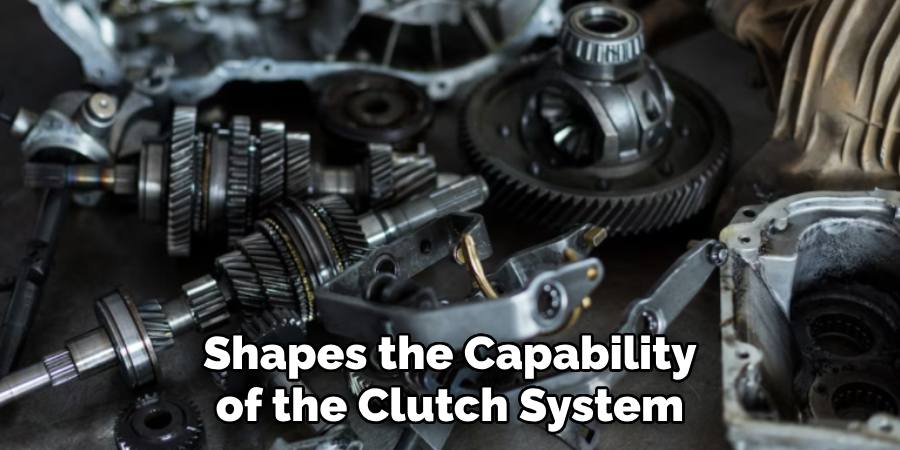
A well-executed break-in routine significantly reduces the risk of slippage, juddering, or abrasive damage, which can often result from improper use early on. Careful adherence to the break-in procedure, detailed later in this guide, underpins optimal engagement; this means a clutch that responds predictably and reliably when the driver presses the pedal.
Consequently, ensuring the endurance and prime functioning of your Jeep’s clutch is not just about immediate satisfaction, but about investing in the vehicle’s future performance and dependability.
10 Steps How to Properly Break in New Jeep Clutch
Breaking in a new Jeep clutch is a crucial process that can significantly impact its performance and longevity. Properly breaking in your new clutch ensures that the friction surfaces mate correctly, preventing premature wear and ensuring smooth engagement for miles to come. Follow these ten steps to properly break in your new Jeep clutch and maximize its performance:
Step 1: Understanding the Importance of Break-In Period:
Before diving into the break-in process, it’s essential to understand why it’s necessary. A new clutch contains friction materials that need time to settle and conform to each other. The break-in period allows these surfaces to mate properly, reducing the risk of glazing, overheating, and premature wear.
Step 2: Follow Manufacturer’s Recommendations:
Every clutch manufacturer provides specific guidelines for breaking in their product. These recommendations may vary depending on the type of clutch and materials used. Before beginning the break-in process, carefully read and follow the manufacturer’s instructions to ensure optimal results.
Step 3: Gradual Engagement:
During the break-in period, it’s crucial to avoid aggressive driving maneuvers such as rapid acceleration or sudden stops. Instead, focus on gradually engaging the clutch and smoothly transitioning between gears. This gradual approach allows the friction surfaces to mate evenly and reduces the risk of glazing or overheating.
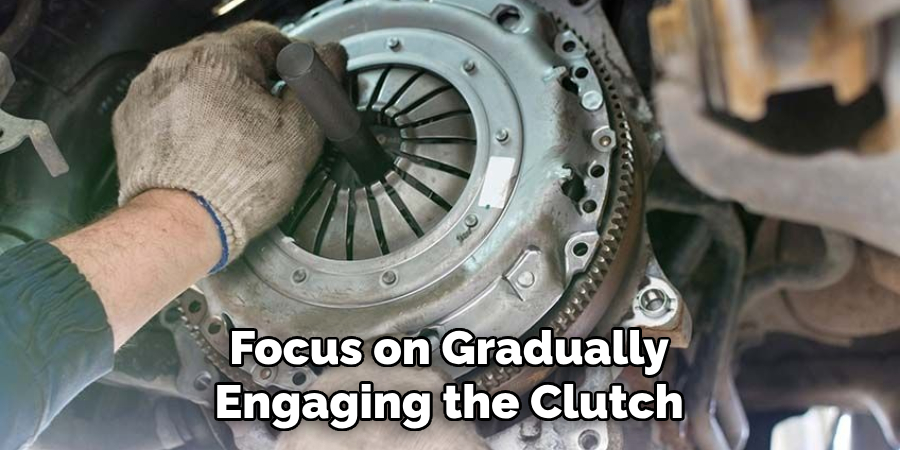
Step 4: Avoid Excessive Heat:
Excessive heat can cause damage to the clutch’s friction surfaces and lead to premature wear. To prevent overheating during the break-in period, avoid heavy traffic, stop-and-go driving, or prolonged idling. If possible, choose routes with minimal congestion and open road conditions to allow the clutch to operate at cooler temperatures.
Step 5: Vary Driving Conditions:
To ensure thorough mating of the friction surfaces, it’s essential to vary your driving conditions during the break-in period. Avoid prolonged periods of highway driving or constant speed cruising. Instead, incorporate a mix of city driving, highway speeds, and occasional hill climbs to provide diverse operating conditions for the clutch.
Step 6: Monitor Clutch Feel:
Throughout the break-in period, pay close attention to the feel of the clutch pedal and the smoothness of gear engagement. If you notice any unusual sensations such as slipping, grabbing, or grinding, it may indicate improper break-in or potential issues with the clutch components. Consult your manufacturer’s guidelines and consider seeking professional inspection if necessary.
Step 7: Avoid Heavy Loads:
While it may be tempting to test the limits of your new clutch with heavy loads or towing, it’s best to avoid such scenarios during the break-in period. Heavy loads can increase the stress on the clutch components and inhibit proper mating of the friction surfaces. Stick to light to moderate loads until the break-in process is complete.
Step 8: Practice Smooth Shifting Techniques:
Smooth shifting is key to proper clutch break-in. Practice shifting gears with minimal clutch slippage and smooth pedal transitions. Avoid excessive revving or lugging the engine, as these behaviors can put undue stress on the clutch and hinder the break-in process.
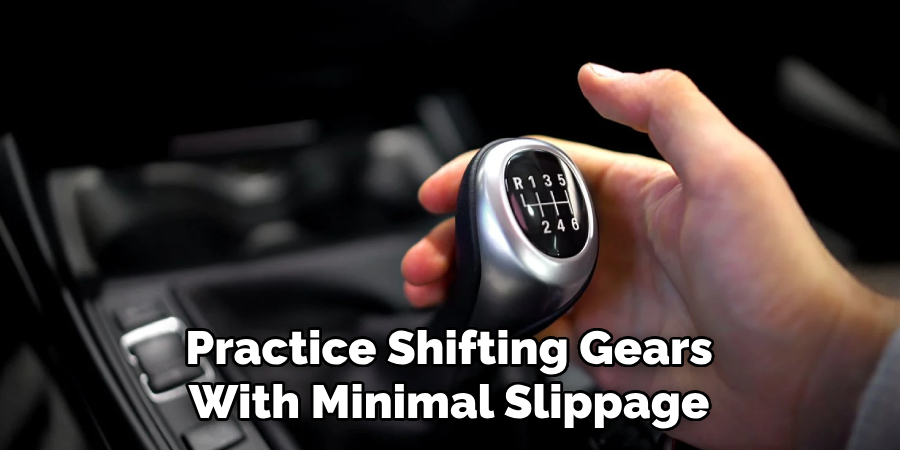
Step 9: Allow for Adequate Break-In Time:
Breaking in a new clutch takes time, so be patient and allow for an adequate break-in period as recommended by the manufacturer. Rushing the process or skipping steps can result in subpar performance and premature wear. Follow the guidelines diligently and give your clutch the time it needs to properly mate and settle.
Step 10: Post-Break-In Inspection:
Once the break-in period is complete, perform a thorough inspection of the clutch system to ensure everything is functioning correctly. Check for any signs of wear, unusual noises, or abnormal clutch pedal feel. If everything looks and feels normal, you can proceed to enjoy the full performance of your properly broken-in Jeep clutch.
By following these ten steps, you can properly break in your new Jeep clutch and set the stage for optimal performance and longevity. Remember to adhere to the manufacturer’s recommendations, practice smooth driving techniques, and monitor the clutch’s performance throughout the break-in period. With proper care and attention, your new clutch will provide reliable service for many miles to come.
The Critical Role of a Proper Break-In for Jeep Clutches
Breaking in a new Jeep clutch is not merely a recommendation; it’s a critical step that can be the difference between a clutch that performs exceptionally well and one that falls short of expectations. The importance of this process is rooted in the necessity to prepare the clutch for the multitude of challenges it will face throughout its lifespan.
The initial wearing-in creates a unique friction profile between the clutch plate and the flywheel, ensuring that every inch of the surface area is primed for maximum grip. Failure to dedicate attention to this crucial phase can lead to early deterioration, inconsistent clutch feel, and ultimately, diminished driving pleasure and vehicle control.
With a correctly broken-in clutch, Jeep enthusiasts can enjoy heightened confidence both off-road in demanding terrains and on highways during extended cruising sessions.
Setting the Stage for a Successful Break-In
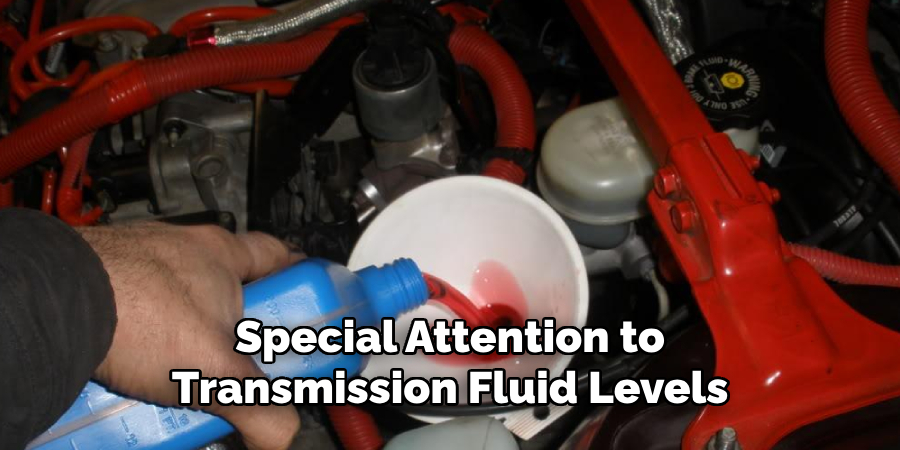
Before initiating the break-in process, it’s important to set the right conditions to facilitate a seamless and effective period of adjustment for the new clutch. Start by ensuring that your Jeep is in overall good working condition, with special attention to transmission fluid levels and quality. It’s advisable to replace the fluid if it has been a considerable time since the last change, as fresh fluid can optimize the performance of the gearbox during the break-in phase.
Additionally, inspect the clutch linkage or hydraulic system for proper lubrication and any signs of wear or damage that could affect the clutch’s performance. Making sure all components are in prime condition before starting the break-in period will greatly increase the chances of a successful clutch system adjustment and long-term durability.
Exercise Caution with Aggressive Driving Maneuvers
An essential aspect of the clutch break-in process is the avoidance of aggressive driving maneuvers. During the initial miles post-installation, it is advisable to steer clear of rapid throttle inputs, high-speed launches, and abrupt downshifting, as these can impose severe stress on the clutch assembly.
High-performance driving tends to increase the heat and pressure on the clutch’s components, potentially leading to uneven wear or damage that can compromise the clutch’s effectiveness. To ensure a thorough and uniform break-in, maintain a conservative and controlled driving style, allowing the clutch to adapt to its new operating environment gradually.
Initial Driving Period
During the initial period after installing your new clutch, it’s essential to approach your driving with care and attention. Aim for a driving style that involves gradual engagement and disengagement of the clutch, without causing abrupt jerks or stresses to the drivetrain.
This initial driving stage is crucial for the settling in of the clutch components and for establishing the proper contact patterns between the pressure plate, clutch disc, and flywheel.
Expect to cover a specific number of miles—usually suggested by the manufacturer—before the clutch is considered fully broken in. This mileage is typically under mild driving conditions, avoiding performance-type scenarios that can be introduced gradually once the break-in period has been successfully completed.
Emphasizing Cautious Deceleration

An often overlooked element of the clutch break-in process is cautious deceleration. Just as with acceleration, it is crucial to avoid abrupt stops. This means anticipating traffic and road conditions to allow for progressive and gentle braking. Smooth deceleration ensures that the transmission and clutch do not experience sudden jerks or shocks that could impact the clutch’s adjustment period.
It also reduces the chances of the clutch disk being clamped irregularly against the flywheel, thereby protecting the integrity of the newly forming friction surface. Always aim for a driving technique that exemplifies foresight and patience, letting the components of your Jeep’s drivetrain acclimate harmoniously during those initial, formative miles.
Incorporating Cooling Off Periods
An integral component of the clutch break-in procedure is allowing for adequate cooling periods. As the clutch undergoes the process of adapting to the intricate demands of engagement and disengagement, it inevitably generates heat. If this heat builds up excessively, it can lead to premature wear or glazing of the clutch components.
To prevent this, it’s important to intersperse your driving with intervals of rest, especially after prolonged or more intense periods of use. These cooling off periods enable the heat to dissipate and the components to maintain their form and functionality. It’s advisable to plan your initial driving routes to include these cooling breaks, thereby ensuring the long-term resilience and operational excellence of your Jeep’s clutch system.
Mid-Range Driving Period
Once your Jeep’s clutch has surpassed the initial miles of break-in under gentle driving conditions, it’s time to enter the mid-range driving period. This stage is designed to progressively introduce the clutch to more varied driving dynamics. Begin incorporating moderate acceleration and deceleration, as well as normal shifting patterns. This allows the clutch to experience and adapt to the everyday demands that will be placed upon it.
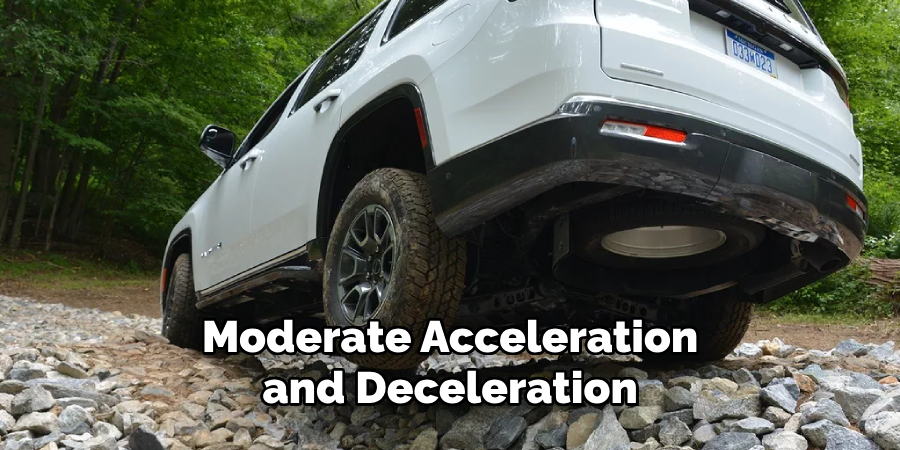
During this period, it’s still important to avoid extreme conditions such as heavy towing or off-roading. Careful attention to the clutch’s response during this time can provide valuable feedback regarding its performance and can signal the readiness of the system for full engagement in all types of driving scenarios. Continue to observe the manufacturer’s recommended guidelines for total mileage before considering the break-in process complete.
Final Stages of Break-In
At the culmination of the mid-range driving period, the clutch should be ready to face the final stages of the break-in process. This phase involves slowly introducing it to the full spectrum of driving conditions it will encounter during its service life. Gradually, you can begin to engage in activities such as towing, heavier loads, and occasional spirited driving, always being mindful of the clutch’s response and performance.
Remember that during these final stages, the key is incrementality and balance—avoid overloading the system suddenly. Affording the same careful, progressive approach to this final stage will ensure the clutch is thoroughly adapted and fully prepared for optimal performance.
After completing the recommended total break-in mileage, a comprehensive inspection is warranted. Check for any abnormal noises, engagements, or performance issues that could indicate the need for adjustments. With all steps duly followed, your Jeep’s clutch is now poised for reliable operation and longevity.
Signs of a Successful Break-In
As you close the final chapter on your Jeep’s clutch break-in process, there are several indicators that point towards a successful adaptation. A smooth engagement and disengagement without any slippage, vibrations, or strange noises are indicative of a well-broken-in clutch. The pedal should also feel consistent in its pressure and return, reflecting the proper seating of the clutch components.
Additionally, if the vehicle can smoothly transition through the gears during varying levels of acceleration, it’s a sign that both the clutch disc and the pressure plate have achieved the desired level of compatibility with the flywheel.
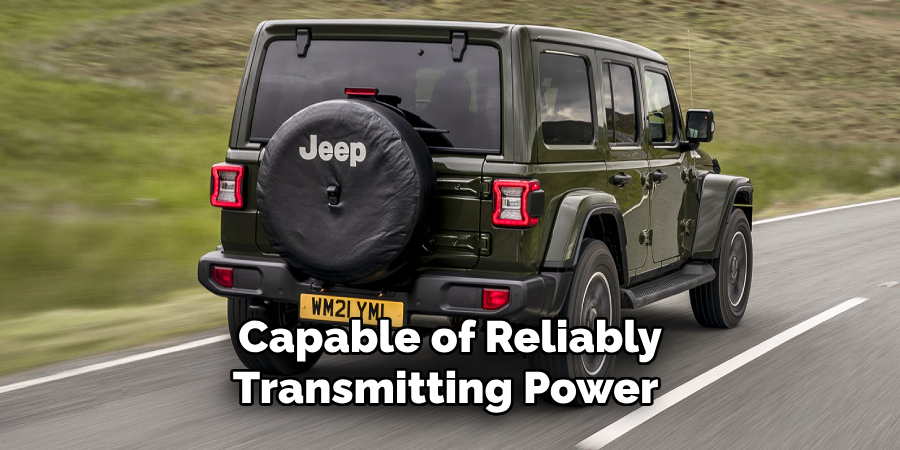
A successful break-in means your Jeep should now be capable of reliably transmitting power and handling the various loads and demands you place on it. Always cross-reference these signs with manufacturer guidelines and, when in doubt, consult with a professional mechanic to validate the outcome of your clutch break-in procedure.
Conclusion
In conclusion, properly breaking in your new Jeep clutch is crucial for ensuring its longevity and optimal performance. By following these simple steps and avoiding common mistakes, you can increase your clutch’s lifespan and save yourself from expensive repairs or replacements down the road.
Remember to have patience during the break-in period and take extra care while driving. And most importantly, don’t skip on regular maintenance and inspections of your clutch to catch any potential issues before they become major problems.
We hope this guide on how to properly break in new jeep clutch has been helpful in understanding the importance of properly breaking in your new Jeep clutch. Now it’s up to you to put these tips into practice and enjoy a reliable and efficient ride! If you have any further questions or concerns about breaking in your clutch, feel free to reach out to us at [insert company name] for expert advice. Happy driving!

About
JeepFixes Team is a skilled author for Jeep Fixes, bringing 6 years of expertise in crafting a wide range of jeep fixes. With a strong background in jeep fixes work, JeepFixes Team’s knowledge spans various types of fixtures, from decorative pieces to functional hardware, blending precision with creativity. His passion for jeep fixes and design has made him a trusted resource in the industry.
Professional Focus:
Expert in Jeep Fixes : JeepFixes Team aesthetic specializes in creating durable and innovative jeep fixes, offering both appeal and functionality. His work reflects a deep understanding of jeep fixes techniques and materials.
Sustainability Advocate : He is dedicated to using sustainable practices, ensuring that every fixture is crafted with eco-friendly methods while maintaining high-quality standards.
In his writing for jeep fixes, JeepFixes Team provides valuable insights into the latest trends, techniques, and practical advice for those passionate about jeep fixes, whether they are professionals or DIY enthusiasts. His focus on combining artistry with engineering helps others discover the true potential of jeep in design.
